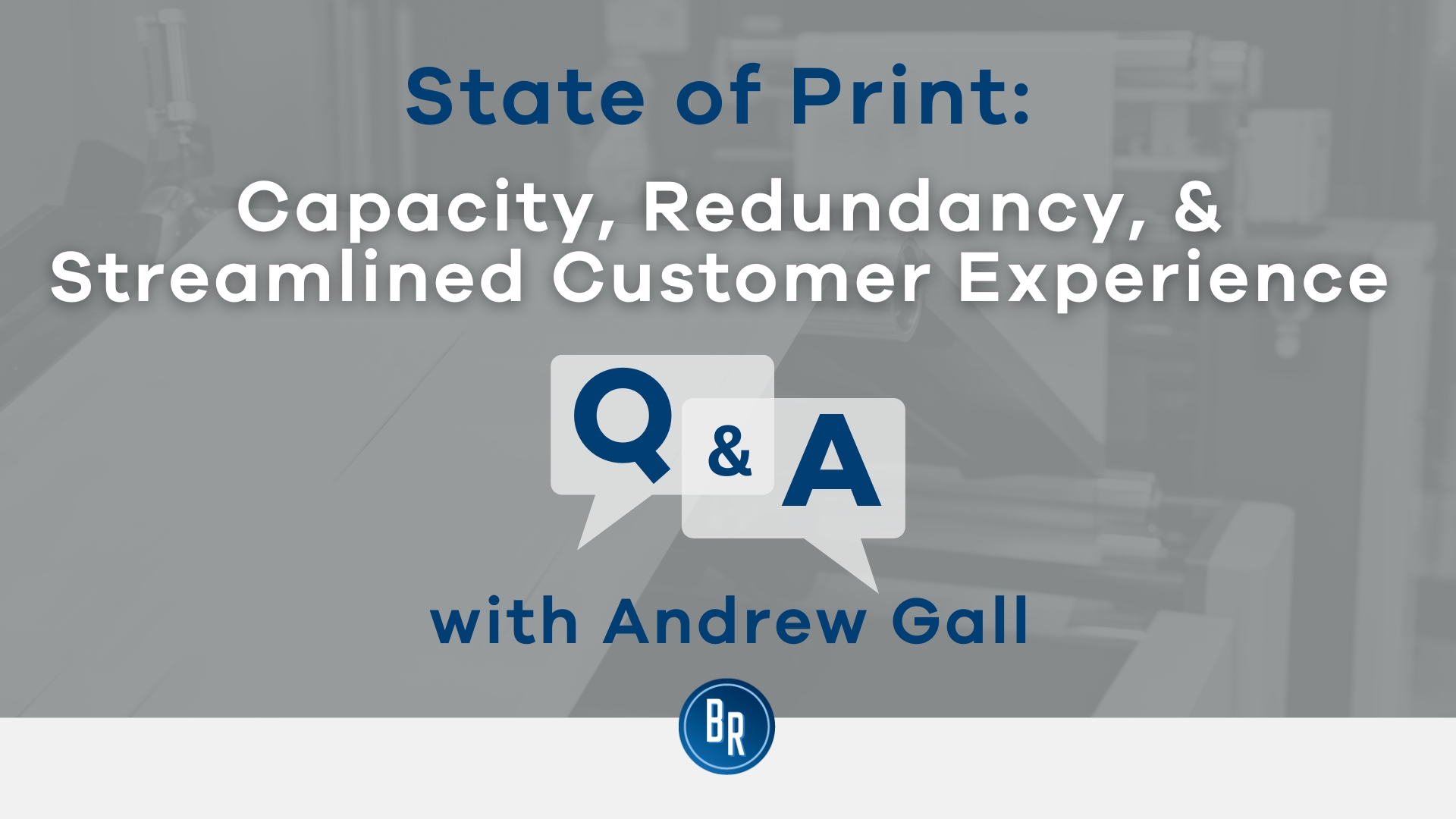Investigating the Interaction Between Firm Redundancy and Organizational Flexibility for Future Growth
In the vibrant landscape of today's company world, the complex partnership between company redundancy and organizational flexibility arises as a crucial element for sustained growth and success. Business commonly encounter the challenge of striking a delicate balance between preserving a level of redundancy to alleviate threats and cultivating flexibility to react promptly to the ever-evolving market needs.
Importance of Company Redundancy
Company redundancy is an important aspect that improves organizational durability and alleviates functional dangers. By integrating redundancy procedures within the business structure, business can better endure unanticipated interruptions and changes in the company atmosphere. Redundancy functions as a tactical buffer, permitting firms to adjust and respond efficiently to unexpected challenges without endangering essential procedures.
One secret element of the significance of company redundancy is its role in making certain connection throughout times of crisis. When encountered with abrupt changes or emergency situations, repetitive systems, resources, or personnel can tip in to preserve important functions and prevent prevalent interruptions. This continuity not just safeguards the business's credibility and consumer depend on however also lessens monetary losses and functional downtime.

Techniques for Organizational Versatility

One more vital approach is investing in technology and facilities that can sustain versatility and scalability. Applying electronic devices, automation, and information analytics can streamline operations, improve efficiency, and offer useful understandings for notified decision-making. Additionally, developing versatile business frameworks that enable for fast modifications to market dynamics and client needs is vital for remaining affordable in a rapidly advancing environment. By proactively determining prospective interruptions and chances, organizations can proactively adapt and thrive in an ever-changing organization landscape.
Balancing Redundancy and Flexibility
Accomplishing a harmonious stability between functional redundancy and business adaptability is paramount in browsing the complexities of a vibrant company environment. Redundancy within a firm offers a safeguard, guaranteeing connection and stability in procedures. However, an unwanted of redundancy can result in inefficiencies and impede adaptability to altering market conditions. On the various other hand, business versatility permits firms to respond immediately to external interruptions and seize new possibilities. Striking the best equilibrium between redundancy and versatility is a fragile process that calls for a deep understanding of the organization's goals, sector dynamics, and danger resistance.
To accomplish this equilibrium, business require to carry out routine evaluations of their procedures to determine locations where redundancy is needed for danger mitigation and where versatility can drive advancement and growth. Executing versatile structures, fostering a culture of continuous learning and renovation, and urging open interaction throughout all levels of the organization are key strategies to integrate redundancy and flexibility successfully. By lining up these two crucial elements, companies can place themselves for lasting growth and success in an ever-changing business landscape.
Study on Adaptation Success
In analyzing instances of effective organizational adaptation, it comes to be obvious that the view publisher site interplay in between functional redundancy and versatility is a defining aspect in shaping resilient organizations. One compelling study is that of Netflix. At first a DVD rental solution, Netflix showed amazing flexibility by transitioning into a streaming platform when digitalization interrupted the industry. By purposefully purchasing modern technology and material creation, Netflix not just survived yet thrived in a rapidly advancing market. One more standout instance is Amazon. Starting as an on-line bookstore, Amazon continually adapted its organization model, increasing into varied browse around these guys sectors such as cloud computing and expert system. This adaptability allowed Amazon to stay in advance of competitors and satisfy transforming consumer demands. Last but not least, Adobe provides a notable image of successful adjustment. The firm shifted from offering software program licenses to a subscription-based model, making sure reoccuring revenue streams and improved consumer involvement. These case research studies emphasize the significance of operational redundancy combined with business flexibility in cultivating long-term growth and competitiveness.
Structure Strength for Future Development
Building strength for future development calls for a calculated alignment of functional processes with market characteristics and emerging fads. Companies have to adapt to transforming atmospheres by cultivating a culture of adaptability, advancement, and continuous enhancement.
Moreover, promoting solid connections with stakeholders, such as consumers, workers, distributors, and the community, is crucial for weathering uncertainties and keeping trust and support throughout turbulent times. Efficient interaction and transparency play a crucial duty in building durability, as they aid facilitate and line up assumptions cooperation in navigating uncertainties.
Moreover, companies need to prioritize discovering and growth initiatives to upskill employees and furnish them with the needed devices to adjust to changing situations. By spending in their labor force, firms can boost their adaptability and agility, eventually enhancing their strength for lasting future development.
Conclusion

In the vibrant landscape of today's business world, the detailed relationship in between firm redundancy and Recommended Site organizational versatility arises as an important variable for sustained growth and success. Firms often deal with the obstacle of striking a delicate balance in between keeping a level of redundancy to reduce dangers and cultivating adaptability to respond quickly to the ever-evolving market needs.To attain this equilibrium, companies need to carry out routine analyses of their procedures to identify areas where redundancy is required for danger reduction and where flexibility can drive technology and growth.In conclusion, the interplay between company redundancy and organizational versatility is vital for future development. Structure strength via a mix of redundancy and flexibility will certainly make certain that firms are prepared for the obstacles of the future.
Comments on “Small Business Closing Employee Rights UK: What You Need to Know About Redundancy”